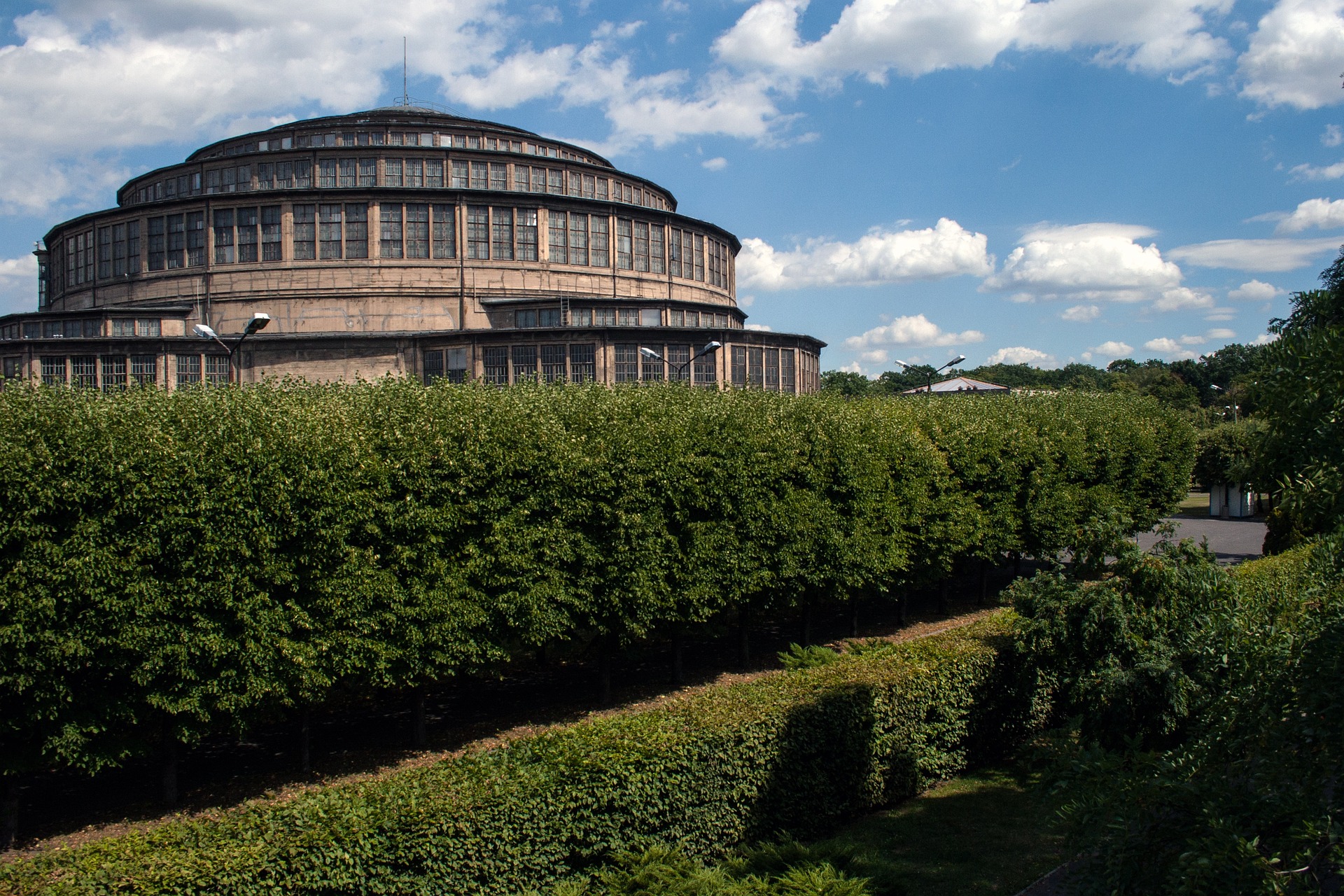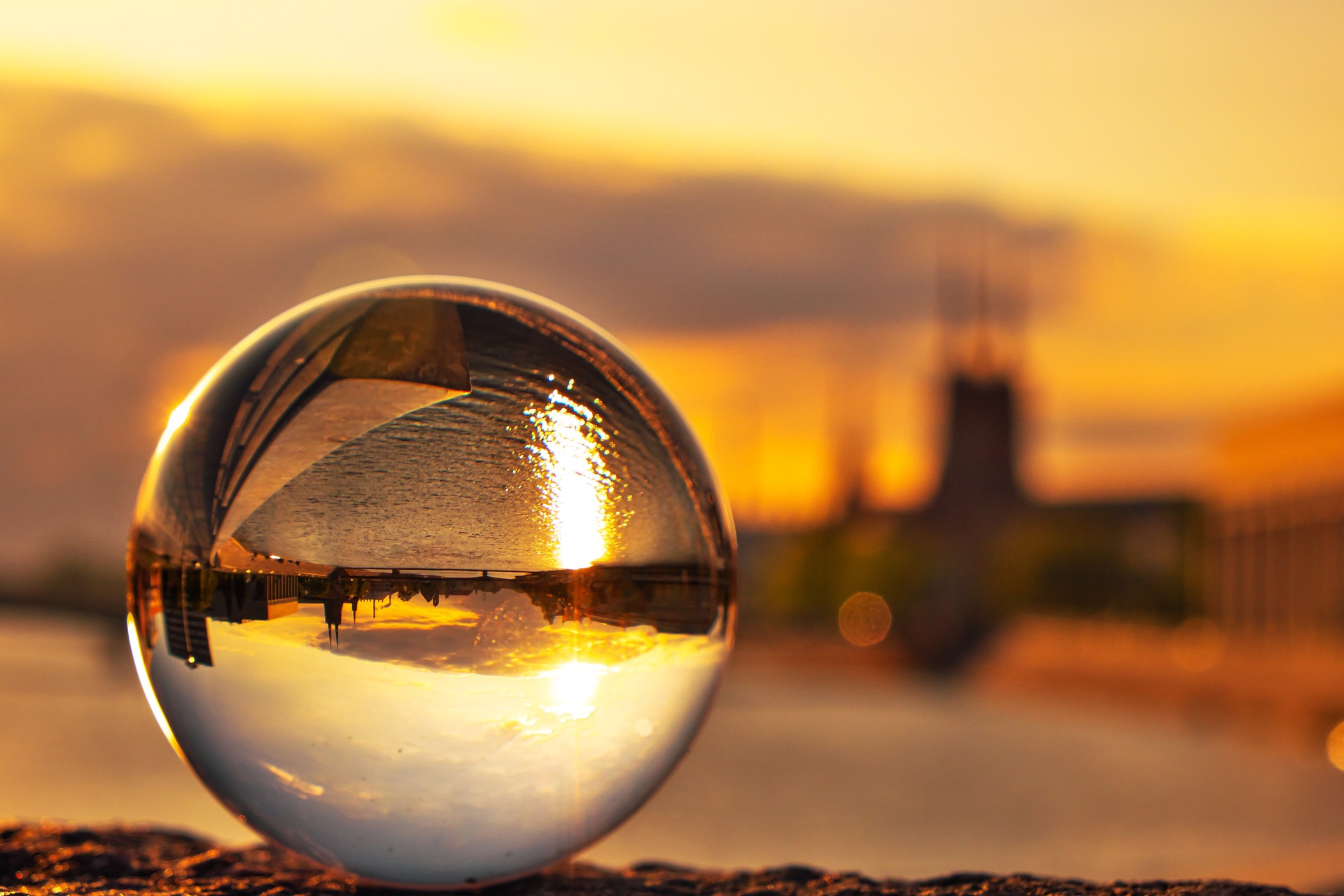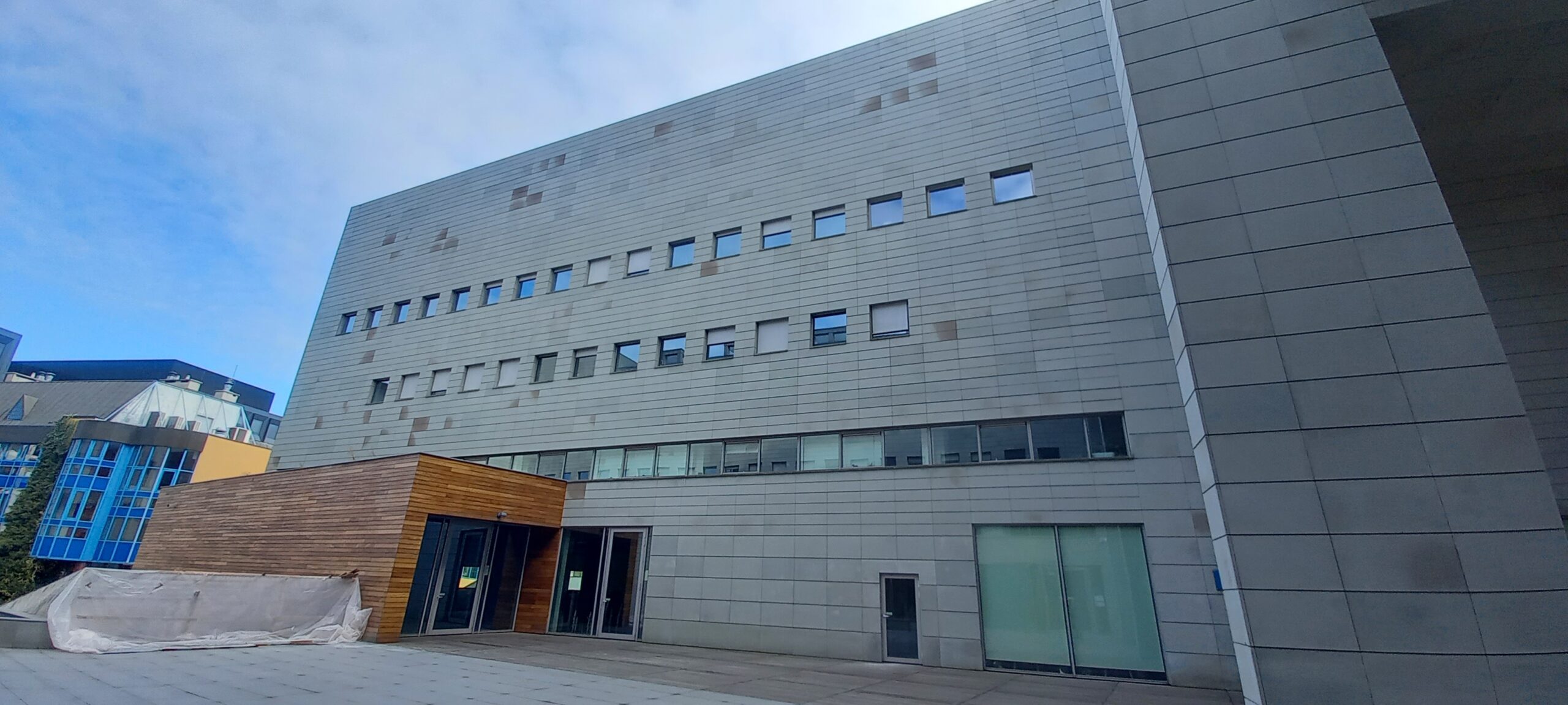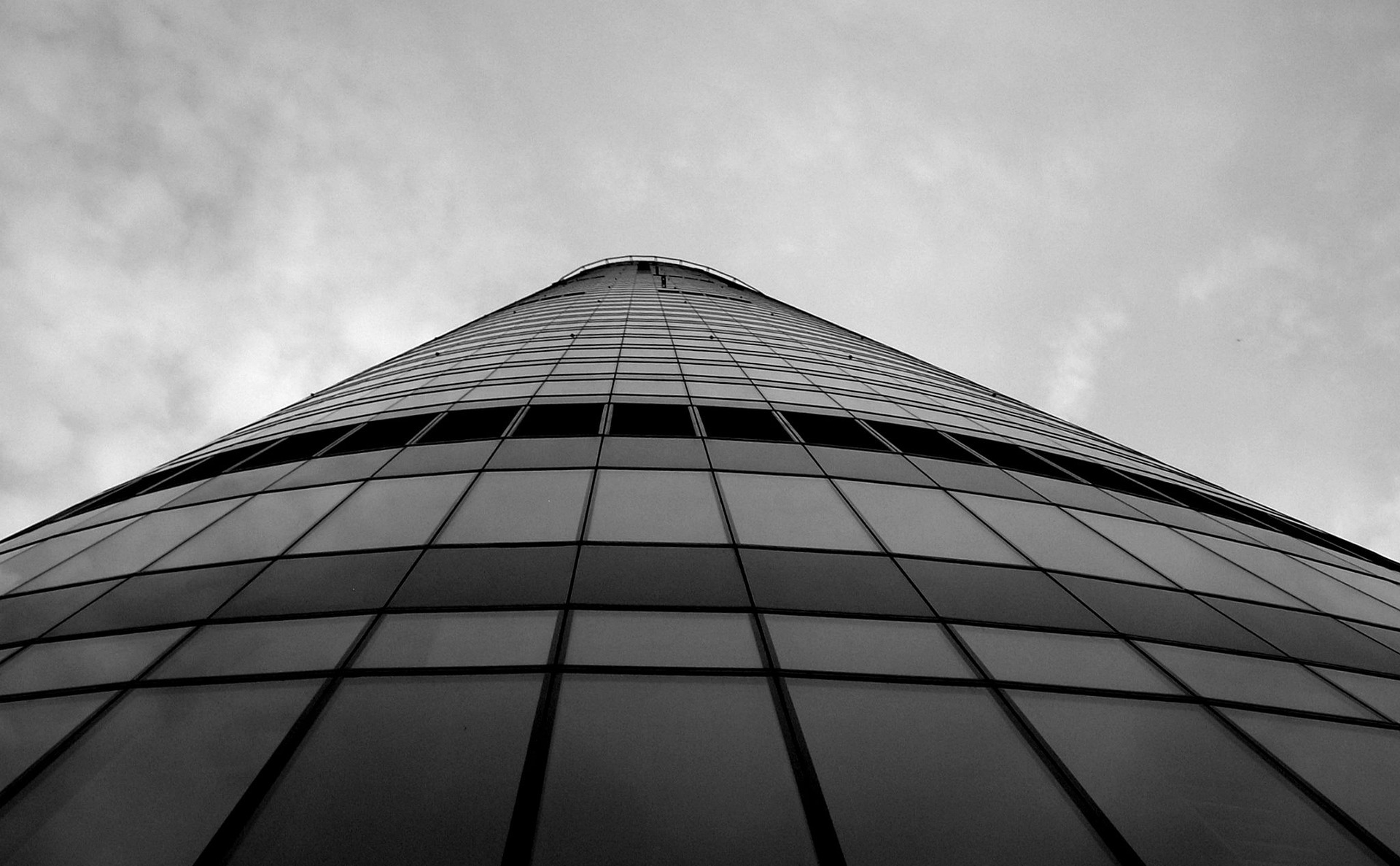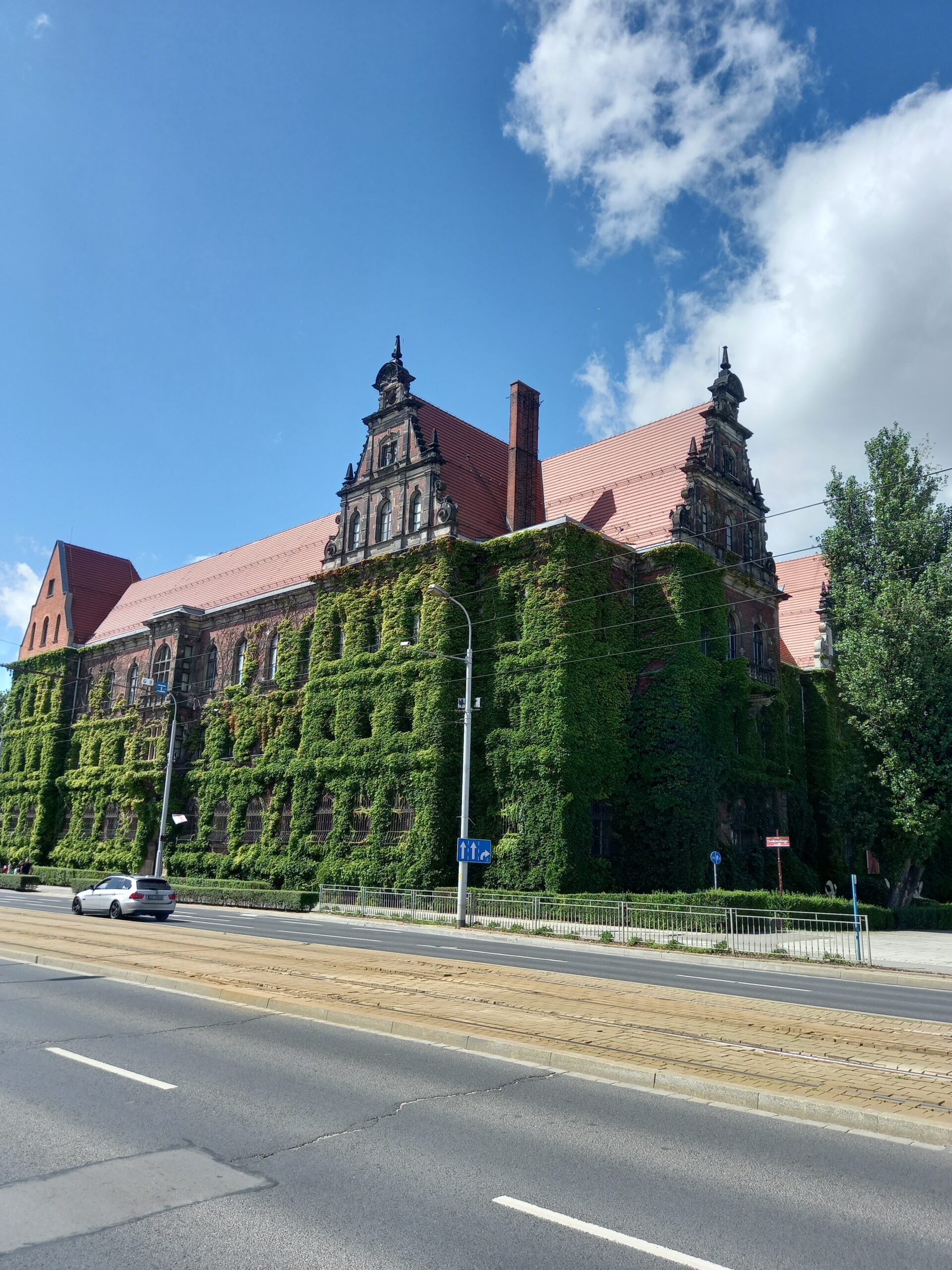Centennial Hall, also known as Hala Stulecia or Hala Ludowa, is a UNESCO World Heritage Site located in Wroclaw, Poland. This architectural masterpiece was designed by Max Berg and opened in 1913 to commemorate the 100th anniversary of the Battle of Leipzig. The Centennial Hall has since become a symbol of modernity and progress in Wroclaw, hosting various events and exhibitions throughout the year. In this article, we will explore the history, architectural style, and significance of this impressive building, as well as some of the events and exhibitions that take place within its walls.
History and Significance of Centennial Hall
Centennial Hall was constructed between 1911 and 1913 to mark the centennial of the Battle of Leipzig, a decisive battle in the Napoleonic Wars. This historical event saw the defeat of Napoleon’s forces, which ultimately led to the restructuring of European borders and the emergence of modern-day Poland. The hall was designed by Max Berg, a renowned German architect, who envisioned a modern and innovative space for exhibitions, concerts, and other events. Since its inauguration, the Centennial Hall has been a hub for cultural and social activities in Wroclaw and has played a crucial role in shaping the city’s history and identity.
Architectural Style and Structure
Centennial Hall is considered an architectural masterpiece, boasting a unique blend of modernist and expressionist styles. The building’s most striking feature is its massive reinforced concrete dome, which spans 65 meters (213 feet) in diameter, making it one of the largest of its kind at the time of construction. The hall also features an innovative system of natural lighting and ventilation, thanks to its large windows and skylights.
The interior of Centennial Hall can accommodate up to 10,000 spectators, and the layout is designed to be easily adaptable for different types of events. The main space can be divided into smaller sections, allowing for multiple events to be held simultaneously. Additionally, the building is equipped with state-of-the-art audio and lighting systems, ensuring an optimal experience for both performers and audiences alike.
Surrounding Attractions
Centennial Hall is situated within Wroclaw’s picturesque Szczytnicki Park, offering visitors a chance to explore the beautiful greenery and landscapes that surround the building. Some of the notable attractions in the area include:
- Wroclaw Multimedia Fountain: Located near the entrance of the Centennial Hall, this impressive fountain offers spectacular water, light, and sound shows during the summer months.
- Japanese Garden: A tranquil and beautifully landscaped garden that showcases traditional Japanese horticulture, architecture, and design elements.
- Wroclaw Zoo: One of the oldest and largest zoos in Poland, housing over 12,000 animals representing more than 1,100 species.
- Wroclaw’s Iglica Monument: A 96-meter-tall (315 feet) steel needle-like structure built in 1948, symbolizing the city’s resilience and rebirth following World War II.
- Pergola: A beautiful semi-circular colonnade surrounding the Multimedia Fountain, adorned with climbing plants and offering a shaded area for relaxation.
Events and Exhibitions at Centennial Hall
Over the years, Centennial Hall has hosted a diverse range of events and exhibitions, showcasing local and international talents in various fields. Some of the most notable events include:
- World Games: In 2017, Wroclaw hosted the 10th edition of the World Games, an international multi-sport event, with Centennial Hall serving as the main venue for several sports competitions.
- Wroclaw Good Beer Festival: An annual event that celebrates the art of brewing, featuring a wide variety of local and international beers, food trucks, and live music performances.
- European Capital of Culture: In 2016, Wroclaw was named the European Capital of Culture, and Centennial Hall played a significant role in hosting various cultural events, including concerts, exhibitions, and theater performances.
- Trade fairs and exhibitions: Throughout the year, Centennial Hall hosts numerous trade fairs, conferences, and exhibitions, showcasing innovations and trends across various industries.
Visiting Centennial Hall
Centennial Hall is open to the public and can be easily accessed by public transportation, with several tram and bus lines stopping nearby. Guided tours are available for those interested in learning more about the building’s history, architecture, and significance. The hall also offers a variety of facilities, including a restaurant, cafe, and souvenir shop, to cater to the needs of visitors.
As a UNESCO World Heritage Site, Centennial Hall is not only a testament to the city’s rich history and architectural prowess but also a thriving cultural hub that continues to shape Wroclaw’s identity. Whether you are attending an event, exploring the surrounding attractions, or simply marveling at the building’s impressive design, a visit to Centennial Hall promises a memorable and enriching experience.
Conclusion
In conclusion, Centennial Hall (Hala Stulecia) is a must-visit destination in Wroclaw, offering a unique blend of history, architecture, and culture. Its status as a UNESCO World Heritage Site only adds to its allure, making it an essential stop for any traveler exploring the wonders of Wroclaw. From its iconic dome to the diverse events and exhibitions held within its walls, Centennial Hall stands as a symbol of Wroclaw’s vibrant spirit and resilience, beckoning visitors to discover the magic that lies within.
